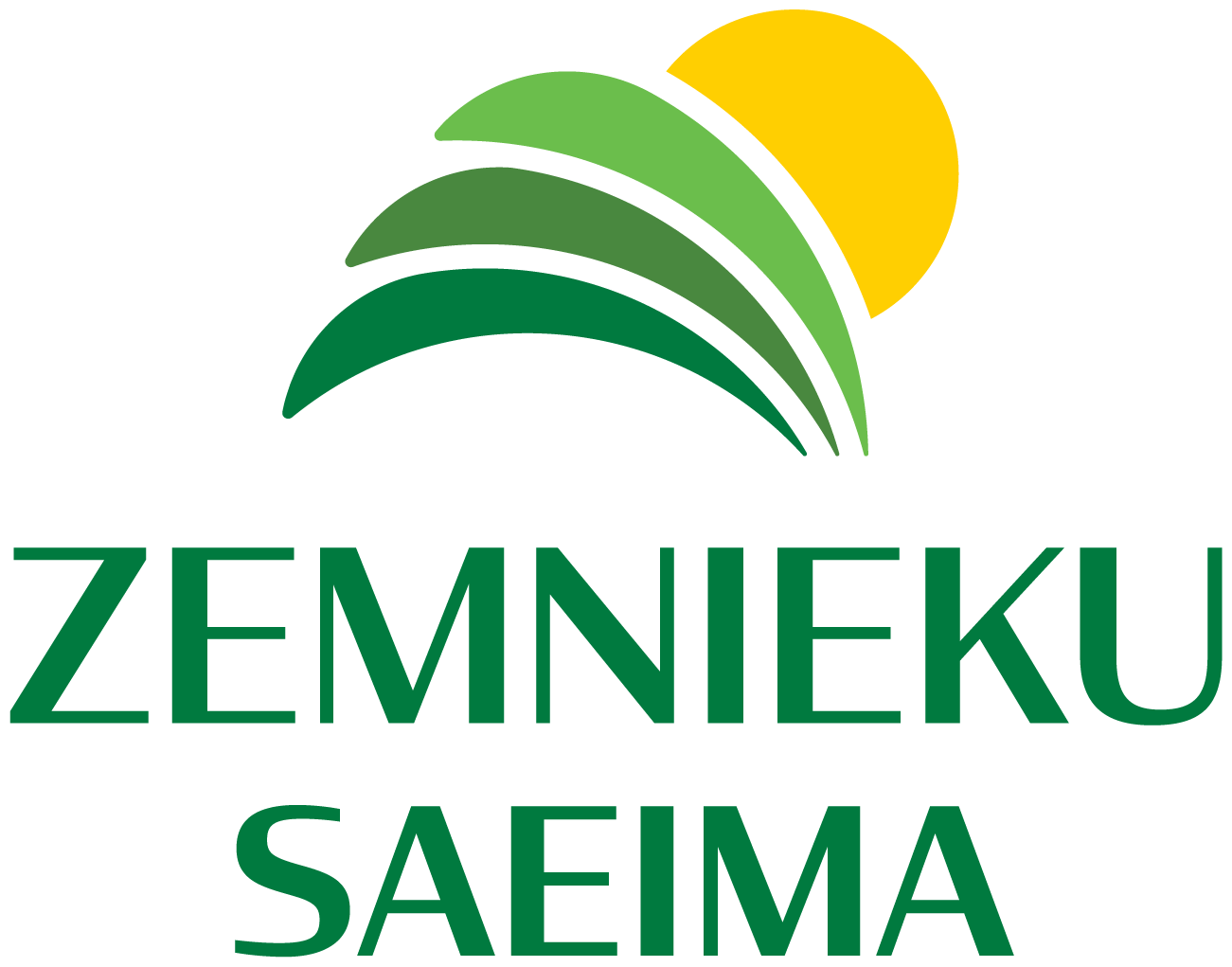The invasive Spanish slug is spreading rapidly in Latvia, spring is the right time to combat it
Last year, thanks to the response and information provided by residents, the Nature Conservation Authority approved 13 new species of the invasive and edible Spanish nudibranch (Arion vulgaris) deposits and this shows that this unwanted guest is spreading very rapidly in Latvian nature.
This species, which threatens natural habitats, crops, and the health of domestic animals, was first registered in Latvia in 2009, but over the past 11 years, it has been discovered in at least 60 locations across the country, mainly around Riga and in Zemgale. Information about the Spanish slug's locations is very important to understand how quickly it is spreading in Latvia and what to do or not do to stop this species.
Santa Rutkovska, a senior expert at the Department of Wildlife Conservation, says that currently, as the air temperature rises, snails become more active and begin to feed intensively. They feed and grow rapidly until the second half of summer, because individuals must reach sexual maturity in a short period of time and leave as many offspring as possible. Reproduction - egg laying can begin at the end of June, so it is very important to start fighting the Spanish slug in your gardens and managed areas now, destroying as many individuals as possible so that they do not have time to reproduce this season.
The Nature Conservation Authority calls for continued reporting new deposit casesby writing to e-mail invasive@daba.gov.lv, indicating the most accurate location, your contact information and attaching a photo of the Spanish nudibranch you found. For additional information, please see Spanish slug control plan.
In order to draw attention to the Spanish nudibranch and its distribution in an attractive way, the Nature Conservation Board, in collaboration with the film studio "Animation Brigade", has created a short puppet film, which can be viewed on the Board's Youtube channel: https://youtu.be/lvhfmBfKZK4/.
The Spanish slug is included in the list of the 100 most invasive animals in Europe and, when multiplying in large numbers, can threaten native wild plant species and crops, such as strawberries, cabbage, and courgettes, both by eating them and by transmitting various plant pathogens. It also competes with and feeds on other invertebrate species, such as snails and earthworms, and has been observed to interbreed with closely related slug species, resulting in the assimilation and extinction of native species.
Experts say it can transmit Escherichia coli bacteria and the Spanish slug is an intermediate host for several species of parasites that threaten canines, contamination of green fodder with slugs may increase the risk of livestock contracting botulism, which is suggested by Clostridium botulinum bacteria that live in the soil and can come into contact with snails.
Tips for eliminating Spanish slugs on your property:
- The most effective method is to collect them at dusk or early in the morning, when the slugs are active, and destroy them by splitting them with a shovel or other sharp object, or by placing them in a 10% solution of cooking salt for one day. The Spanish slug also uses dead or injured individuals of its own species as food. Therefore, dead snails can be left in a specific place to attract other individuals, but in this case, the specific place should be inspected again. If the slugs are destroyed before July, the dead individuals should be buried in the ground. If the slugs are destroyed in August, September, to prevent the eggs from entering the environment and hatching, the dead individuals should be burned or placed in salt water.
- Specially designed traps can be set up in the area overrun by snails. The traps can be boxes, jars, bottles with the ends cut off and an attractant placed in them, such as rotting plants, artificial dog and cat food, compound feed;
- Drowning traps also work well – a container is buried in the soil to its surface, into which a liquid is poured together with an attractant. Most often, beer is used as an attractant in drowning traps. If there is only clean water in the traps, snails can quickly escape from it. Therefore, the liquid must contain substances that contribute to the drowning of snails - 1 % copper (copper sulfate) or 10 % sodium chloride solution;
An invasive species (from the Latin invasus = to invade, to conquer) is a non-native species whose spread threatens biodiversity and native species. It is able to multiply rapidly, spread successfully and outcompete native species. These are species that have accidentally entered or become wild outside human control, are able to survive and spread without human help, both in and outside of human-made conditions. Invasive species threaten both local ecosystems and species sensitive to changes in environmental conditions, change the environment in a favorable direction, eliminating weaker competitors. They not only threaten local biodiversity, but also cause economic losses, landscape changes, and reduce the value of agricultural and forest land.
More information:
Maya Rena
Nature conservation authorities
Communications specialist
maija.rena@daba.gov.lv
Phone: 29272365

